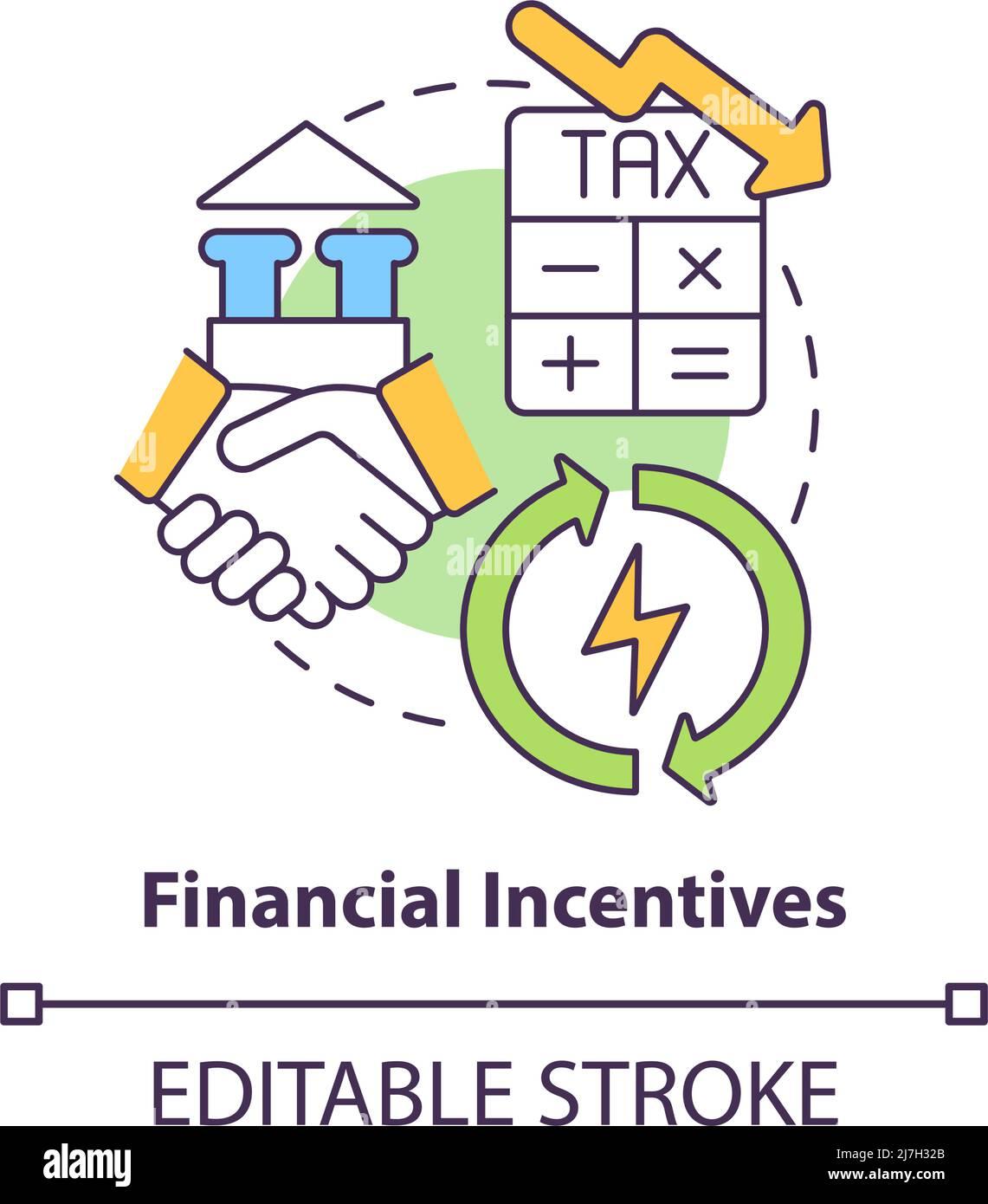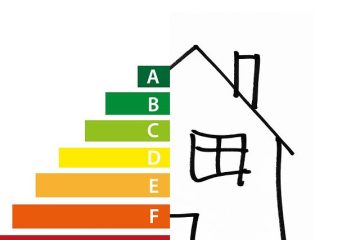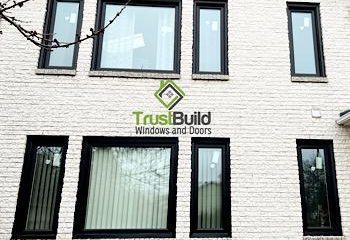Table of Contents
- Understanding Energy Efficiency Retrofits and Their Importance
- Key Areas for Improvement in Home Energy Usage
- Selecting the Right Upgrades for Maximum Impact
- Financial Incentives and Rebates for Energy Retrofits
- Measuring Success: Tools and Techniques for Tracking Efficiency Gains
- Q&A
- Future Outlook
Understanding Energy Efficiency Retrofits and Their Importance
Energy efficiency retrofits involve upgrading existing buildings or systems to reduce energy consumption while maintaining or improving comfort and functionality. These retrofits play a crucial role in minimizing energy waste and lowering utility bills. Common retrofitting measures include:
- Insulation Improvements: Enhancing thermal insulation within walls, attics, and floors to prevent heat loss.
- High-Efficiency Windows: Replacing old windows with energy-efficient models that reduce heating and cooling demands.
- Smart Thermostats: Installing programmable thermostats that optimize energy use based on occupancy and schedule.
Implementing energy efficiency retrofits not only benefits the environment by reducing greenhouse gas emissions but also improves the long-term sustainability of buildings. By lessening the strain on energy resources, these upgrades contribute to a healthier planet. Furthermore, energy-efficient buildings often achieve:
- Enhanced Property Value: Energy-efficient properties generally attract higher market prices.
- Increased Tenant Satisfaction: Improved comfort levels lead to happier occupants, which can enhance tenant retention.
- Incentives and Rebates: Many governments and utility companies offer financial incentives for implementing energy-efficient upgrades.
By understanding the importance of energy efficiency retrofits, property owners and managers can make informed decisions that not only benefit their financial bottom lines but also support global efforts toward sustainability. Investing in these upgrades reflects a commitment to environmental stewardship while also positioning properties favorably in an increasingly eco-conscious market.


Key Areas for Improvement in Home Energy Usage
Improving energy efficiency in your home extends beyond just switching off lights or using energy-saving bulbs. One of the quickest and most effective ways to enhance energy usage is by upgrading insulation. Proper insulation keeps your home comfortable while reducing energy consumption, especially in extreme weather conditions. Focus on areas such as:
- Attic insulation: Check for gaps and ensure it meets recommended R-value standards.
- Wall insulation: Consider blown-in cellulose or foam insulation for exterior walls.
- Basement and crawl spaces: Insulate these areas to prevent heat loss.
Another pivotal area for energy improvement is your home’s heating and cooling systems. Upgrading to a more efficient HVAC system or regularly servicing your existing one can lead to substantial savings. You should also consider:
- Programmable thermostats: These can automatically adjust the temperature when you are away.
- Duct sealing: Ensure that ducts are properly sealed to prevent loss of heated or cooled air.
- Energy-efficient windows: Installing double-glazed or low-E windows can significantly enhance energy conservation.
Lastly, don’t overlook the importance of renewable energy sources in reducing your carbon footprint while optimizing energy usage. Incorporating solar panels is a popular option and often comes with various incentives. Consider these possibilities:
- Solar water heaters: Efficiently harness the sun’s energy for hot water production.
- Solar panels: Generating electricity to power your home can drastically cut energy bills.
- Battery storage systems: Store excess energy from your solar panels for use during peak times.


Selecting the Right Upgrades for Maximum Impact
When considering energy efficiency retrofits, it’s essential to focus on upgrades that will not only enhance energy savings but also provide significant returns on investment. Identifying the areas of greatest need in your property is often the first step. Conducting an energy audit can help pinpoint where inefficiencies lie, making it easier to prioritize upgrades. Common energy drains include:
- Insulation: Improving insulation in walls, attics, and basements can dramatically reduce heating and cooling demands.
- Windows: Upgrading to double-glazed or energy-efficient windows can prevent heat loss and reduce energy bills.
- Heating and Cooling Systems: Installing modern, energy-efficient HVAC systems ensures that your home maintains comfortable temperatures with less energy use.
Another consideration is the integration of renewable energy sources, such as solar panels. While installation costs might seem high, the long-term savings and potential for incentives can greatly enhance a property’s value and sustainability profile. To make the most informed decisions, consider the following factors when selecting upgrades:
| Upgrade Type | Annual Savings Potential | Incentives Available |
|---|---|---|
| Insulation Improvement | $300 – $500 | Local rebates |
| Energy-Efficient Windows | $200 – $400 | Tax credits |
| HVAC System Upgrade | $500 – $800 | Utility incentives |
When approaching energy efficiency, taking a holistic view is crucial. Each upgrade should harmonize with others, maximizing their benefits collectively rather than in isolation. Strategic planning, budgeting, and awareness of local regulations and incentives can further enhance the effectiveness of your retrofitting project. By carefully selecting the right upgrades, you can expect not only to improve energy performance but also to help contribute to a more sustainable future.


Financial Incentives and Rebates for Energy Retrofits
Upgrading your property to be more energy-efficient can seem daunting, but numerous financial incentives and rebates are available to help lighten the load. Many governments, utility companies, and nonprofit organizations offer programs designed to encourage homeowners and businesses to invest in energy-efficient technologies. These can significantly reduce the out-of-pocket costs for energy retrofits, making them more accessible to a wider audience.
Among the various financial incentives, you might find options such as:
- Tax Credits: Federal and state tax credits can offset the costs associated with energy-efficient upgrades, providing substantial savings come tax season.
- Rebates: Many utility providers offer rebates on specific energy-saving appliances or retrofit projects, rewarding you for making environmentally friendly choices.
- Low-Interest Loans: Some organizations provide low-interest financing options to spread out the costs of energy upgrades over time.
To navigate these opportunities, it’s wise to keep track of available programs specific to your area. Below is a simplified table summarizing some common incentive programs:
| Program Type | Eligibility | Benefit |
|---|---|---|
| Federal Tax Credit | Homeowners | Up to 30% of retrofit costs |
| Utility Rebates | Residential/Commercial | Up to $500 per appliance |
| Energy Efficiency Loans | All Property Owners | Fixed low-interest rates |


Measuring Success: Tools and Techniques for Tracking Efficiency Gains
Tracking the impacts of energy efficiency retrofits is essential for understanding their effectiveness and maximizing returns on investment. Implementing a robust measurement strategy involves utilizing advanced tools and techniques that provide accurate insights into operational improvements. Energy management systems (EMS) and building management systems (BMS) are instrumental in collecting real-time data on energy consumption. These systems allow facility managers to monitor patterns, analyze trends, and identify anomalies that may arise after retrofitting initiatives. By leveraging this data, organizations can make informed decisions on further efficiency improvements.
Another effective technique for assessing the success of energy efficiency upgrades is conducting baseline comparisons. Establishing a baseline involves collecting historical energy usage data before any retrofit occurs. Once the retrofit is implemented, ongoing data collection can help compare post-retrofit performance against this baseline. Tools like energy modeling software can simulate expected energy usage under varying conditions, providing a solid foundation for evaluation. Key metrics to monitor include energy use intensity (EUI), cost savings, and overall system performance improvements, allowing stakeholders to quantify their gains succinctly.
engaging in regular energy audits presents an opportunity to reassess efficiency measures and validate outcomes. These audits can be scheduled annually or semi-annually and should be conducted by qualified professionals. They provide a comprehensive overview of energy use, incorporating performance metrics from retrofits and other interventions. An audit report typically includes a detailed energy consumption table, helping illustrate before-and-after scenarios effectively. The insights gained from these audits inform ongoing strategies for optimizing energy performance across the organization.
| Metric | Pre-Retrofit Performance | Post-Retrofit Performance | Percentage Improvement |
|---|---|---|---|
| Energy Use Intensity (EUI) | 150 kBtu/sq ft | 100 kBtu/sq ft | 33.33% |
| Annual Energy Cost | $30,000 | $20,000 | 33.33% |
| Carbon Footprint | 60 tons CO2/year | 40 tons CO2/year | 33.33% |
Q&A
Q&A on Energy Efficiency Retrofits
Q1: What are energy efficiency retrofits, and why are they important?
A: Energy efficiency retrofits involve making modifications to existing buildings or homes to improve their energy performance. These can include upgrading insulation, installing energy-efficient windows, replacing HVAC systems, or incorporating smart technology. The importance of retrofits lies in their ability to reduce energy consumption, lower utility bills, and decrease environmental impact, making both financial and ecological sense.Q2: Who can benefit from energy efficiency retrofits?
A: Just about anyone can benefit! Homeowners looking to cut down on energy costs, landlords aiming to attract tenants with lower utility bills, and businesses seeking to reduce operational expenses are all prime candidates. Even communities can benefit through collective improvements that lead to local energy savings and enhanced sustainability.Q3: What are some common types of retrofits people should consider?
A: There are a multitude of options to consider, including:- Insulation Upgrades: Adding or improving insulation can significantly reduce heating and cooling costs.
- Energy-efficient Windows: Installing double or triple-glazed windows can minimize heat loss.
- Smart Thermostats: These devices optimize heating and cooling schedules based on your lifestyle.
- LED Lighting: Swapping out incandescent bulbs for LEDs saves energy and money over time.
- Sealing Air Leaks: A thorough examination and sealing of gaps can prevent drafts and improve overall comfort.




0 Comments